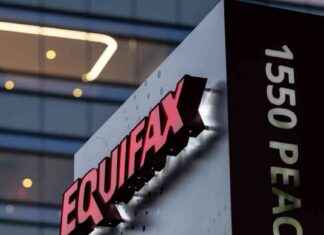The Federal Reserve has been striving to reach its 2% inflation target, and recent data suggests that it may be getting closer to achieving that goal. Both consumer and producer price indexes for September were in line with expectations, indicating that inflation is gradually moving down to the central bank’s target level of 2%.
Economists at Goldman Sachs believe that the personal consumption expenditures price index for September will show a 12-month inflation rate of 2.04%, which would be rounded down to 2%, aligning with the Fed’s objective. This progress comes after a period of heightened inflation that prompted the Fed to implement significant interest rate hikes.
While the current data shows a positive trend in inflation, there are still challenges ahead. The all-items consumer price index was at 2.4% in September, and the producer price index stood at 1.8%. Core inflation, which excludes food and energy prices, is expected to be at 2.6% for the PCE in September, indicating that policymakers need to continue monitoring inflation trends.
Federal Reserve officials are closely watching inflation metrics, particularly core inflation, to gauge the economy’s health and determine future policy actions. Fed Chair Jerome Powell anticipates a decrease in housing inflation as rents stabilize, creating conditions for further disinflation.
Lower inflation rates provide the Fed with flexibility to adjust interest rates to support economic growth. Although the Fed recently implemented a half percentage point rate cut, there is uncertainty about the pace of future rate cuts. Some economists caution against aggressive easing, as it could lead to a rapid increase in consumer demand and put pressure on businesses to meet this demand, potentially leading to cost increases.
Looking ahead, futures traders are predicting that the Fed will cut rates by a quarter point at both the November and December meetings. This cautious approach reflects the Fed’s efforts to balance economic growth with inflation management. As the Fed continues to monitor inflation trends and economic indicators, its decisions will play a crucial role in shaping the future path of the economy.








